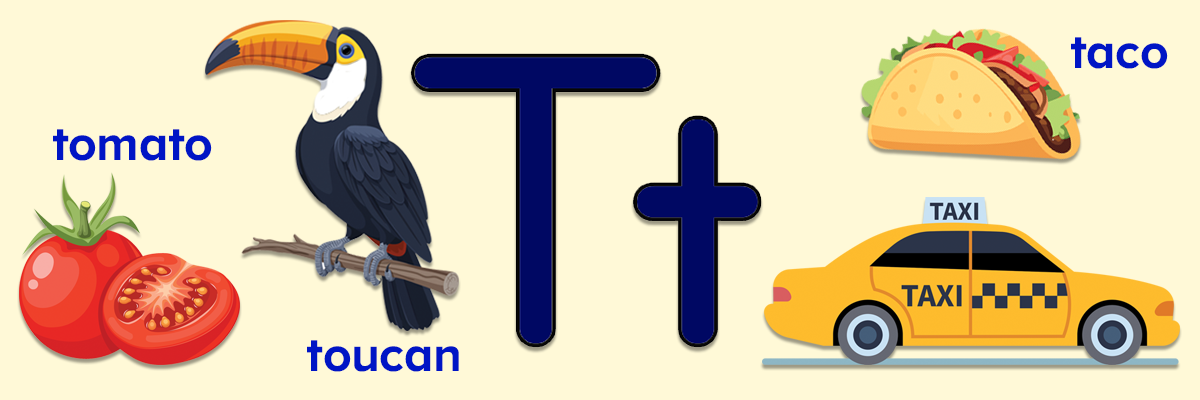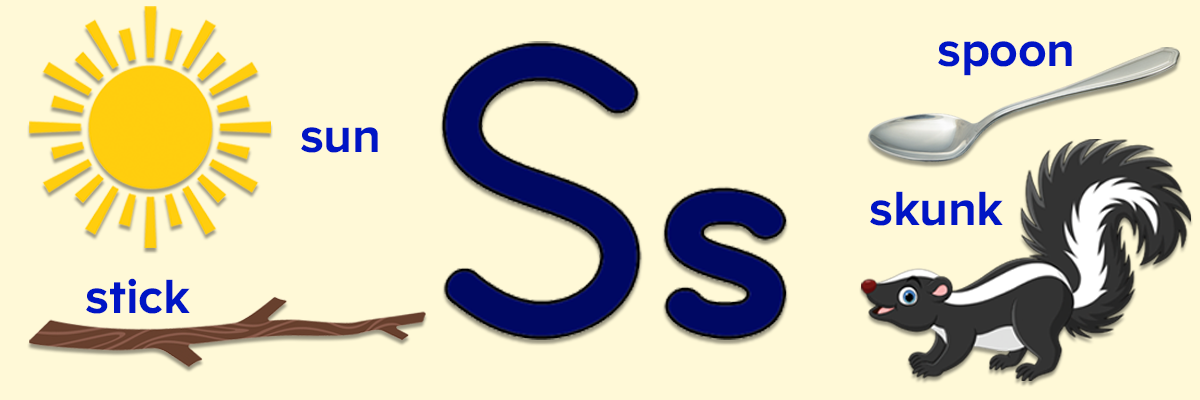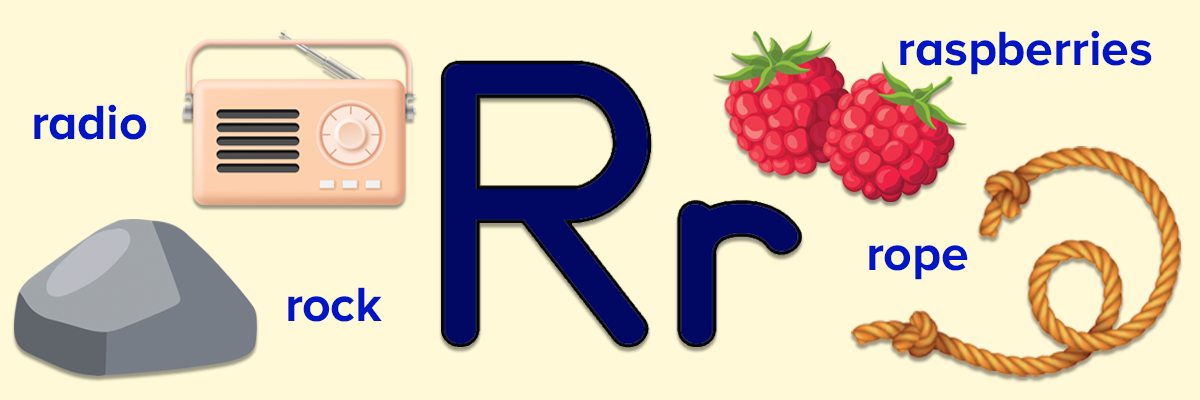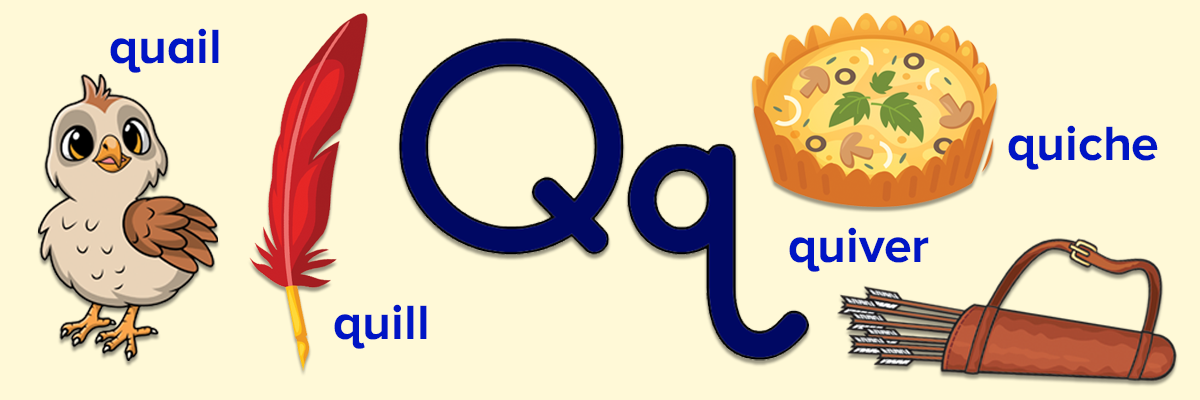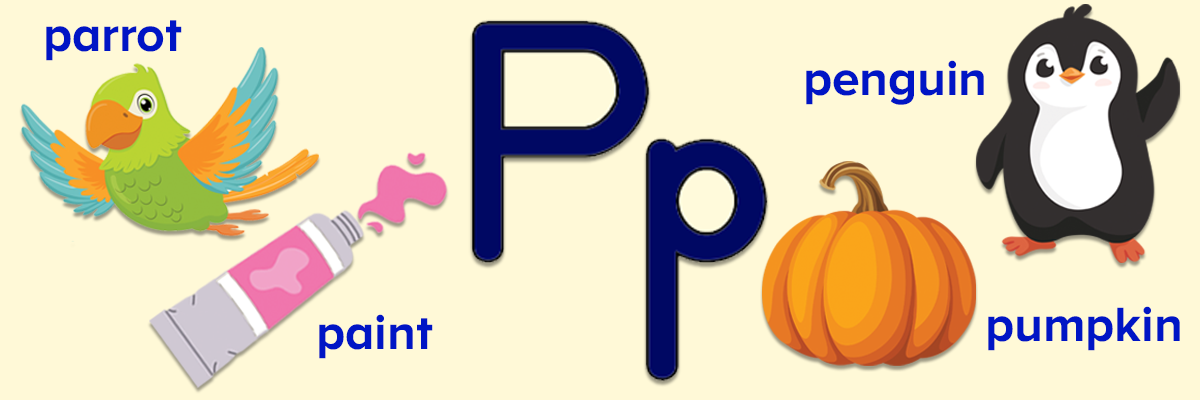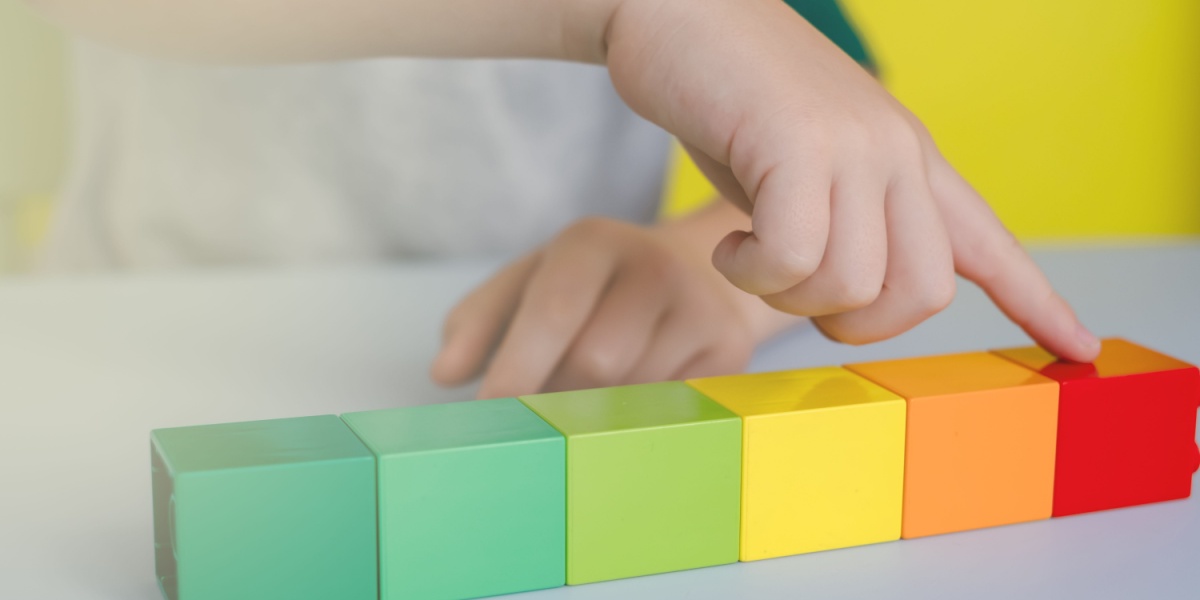
How to Teach One to One Correspondence: Counting Made Fun for Preschoolers
Help your child master this fundamental math concept with play-based activities and insightful teaching tips.
What is One to One Correspondence?
When teaching counting, one to one correspondence (also written as 1:1 correspondence) means that you match each object being counted to exactly one number and that you use each number only once.
Children who master this concept can count a group of items one by one, assigning one number to each item, without skipping a number or counting any item twice. They also recognize that you can count the items in a group in any order and still end up with the same total.
Example: Imagine you’re counting grapes sitting in a bowl on the counter. As you take each grape out, you count it by assigning it a number. When you take out the first grape, you say “one.” When you take out the second, you say “two,” etc. Each grape is counted once, using the numbers in order without skipping or repeating any.
While this seems like an extremely simple concept, it’s not something children automatically understand. Teaching 1:1 correspondence involves explaining and modeling the desired behaviors. Kids don’t need to learn the term itself—they just need to learn how it works.
One to One Correspondence vs. Rote Counting
Most kids learn to recite the numbers one to ten during their toddler years. Reciting numbers in the correct order from memory is called rote counting. It’s an important prerequisite to mastering one to one correspondence and the two are often learned hand-in-hand. Both of these skills are an important part of developing number sense.
Example: Use this list of 30 engaging activities to help children grow their number sense skills.
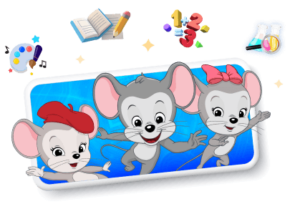
Then just $14.99/mo. until canceled
Why is One to One Correspondence Important?
Number sense allows kids to work fluently with numbers as they move on to more advanced concepts. It includes an array of skills, including counting and cardinality, number recognition, order and comparison, and more.
Rote counting and one to one correspondence are two of the most basic number sense skills, and students who haven’t mastered them will likely struggle to keep up as they begin working on addition and subtraction.
How to Teach One to One Correspondence to Preschoolers
Because these skills are so vital, parents should give their child plenty of guidance and practice. You can start teaching 1:1 correspondence to children as young as age one, even before they’re able to count out loud. Use these basic steps to help your preschooler develop this vital skill.
Match One Item to One Other Item
Early correspondence activities focus on simply pairing items together, one to one. For instance, a child learns that one sock goes on one foot or that each person at the dinner table gets one fork.
Tip: You can also practice using more explicit activities, such as placing one cotton ball into each well of a muffin tin or one sticker into each spot on a grid.
These exercises demonstrate the concept of 1:1 correspondence without referring to numbers just yet.
Learn to Count by Rote
By age two or three, most children can recite the numbers one to ten in order, without skipping any. It’s okay to practice this skill separately from correspondence activities—the goal is for your child to be so comfortable counting that they don’t have to stop and think about the next number in the sequence.
Tip: Sing songs or chant together until rote counting is an automatic skill. You can also use these hands-on number and counting activities for preschoolers and kindergarteners.
Match One Number to One Item
Once your child has rote counting down, begin emphasizing the connection between those numbers and the items being counted.
Tip: Use physical actions like touching each item once as you count it, or moving an item from one place to another to show it’s already been counted. Give your child plenty of practice using hands-on activities, as well as throughout your daily life.
Fun One to One Correspondence Activities for Preschoolers
Play-based learning can be a highly-effective way to help young children grasp new concepts, as it infused fun and engagement into the experience. Try these ideas to help your preschooler practice with 1:1 correspondence.
Set the Table
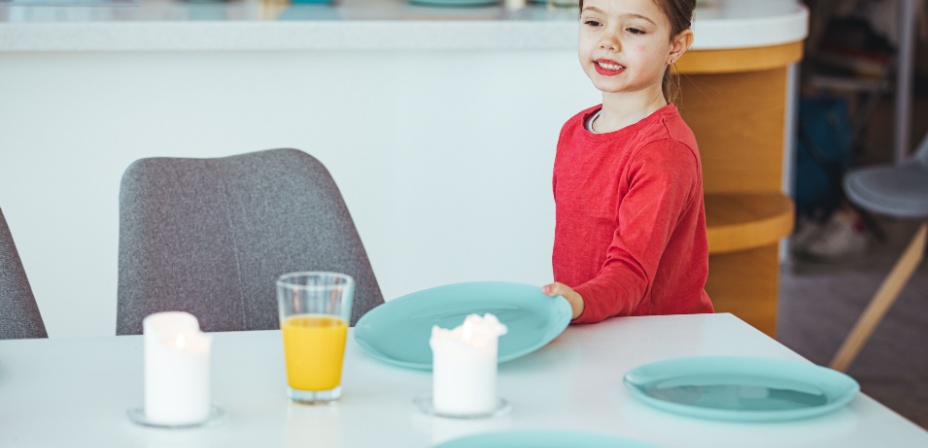
You can do this activity with or without counting, depending on your child’s age and skill level. Gather a number of people (or stuffed animals) around a table. Give your child a stack of paper plates and ask them to give one plate to each person. Repeat with utensils, cups, and napkins, ensuring your child passes each item out one at a time.
Hop and Count

Adding a physical element to learning engages young learners on a whole new level! Practice 1:1 correspondence by pairing it with hops or jumps, counting each hop as you go. You can also try this with clapping, stomping, or any other action you like.
Sing Counting Songs
10 Little Pandas Counting Song
ABCmouse features catchy counting songs that children enjoy singing. In this version, children count pandas as they sing along!
Monster Counting Song
Here, children can work on 1:1 correspondence with help from cute and silly monsters, counting the number of spots, tails, legs, and eyes they have.
Fill an Egg Carton
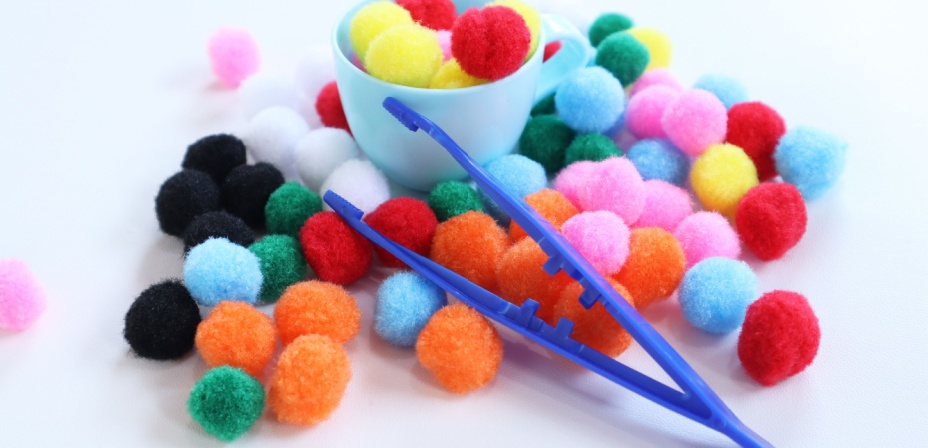
Use number cards or magnets for this counting activity. Set up two bins, one for even numbers and one for odds. Then, have your child sort each card or magnet into the proper bin. Make it even more fun by trying to toss the card/magnet into the right bin from a few feet away!
Stack Them High
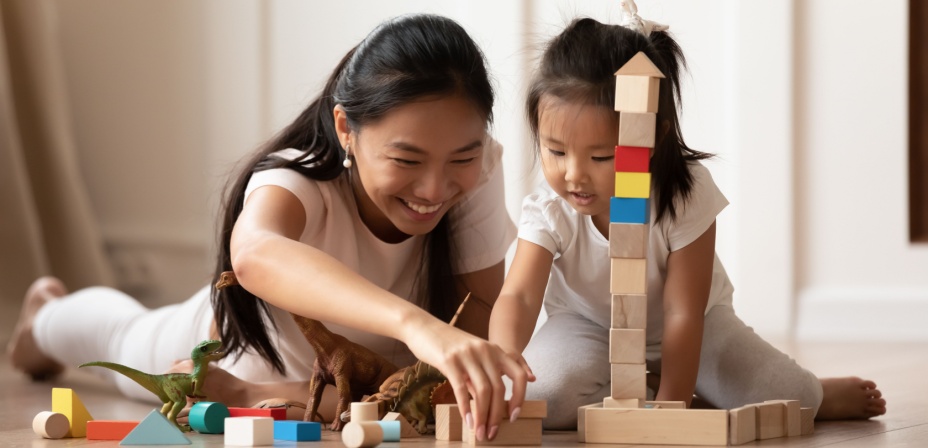
Build a tower of blocks one-by-one, counting as you go. See how high you can build your tower before it falls!
Step to It

Going up or down some steps? Count them as you climb! This is a fun way to burn some energy while learning.
Count Your Snacks

Whether snacking on crackers, grapes, or another delicious treat, count them together one by one as you put them in your mouth.
Play an Online Game

The online counting games at ABCmouse are designed by experts to help your child build their skills through fun but meaningful play. Here’s a favorite game for practicing 1:1 correspondence.
Hungry Anteater: Feed the anteater some yummy ants while getting some practice counting from 1 to 5.
Check out even more of our counting games and number games. Please note that some of these games may require an ABCmouse subscription to play.
ABCmouse’s expert advice review process:
Our team of ABCmouse Curriculum Experts, made up of talented professionals in early childhood education and development, take a close look at educational content and learning claims. They put in the effort to make sure our information is accurate and current. We have a certified educator or another respected authority review the content, matching their expertise with the topic at hand. They’ll make sure the content is thorough and follows the latest research and educational guidelines. If they think we can make things even better, they’ll chat with our editorial team, and we’ll make those improvements right away. Only after a reviewer gives their thumbs-up does a piece of content get the official stamp of approval in the byline.
Related Posts…
-
Words that Start With the Letter T for Kids
Help your child expand their vocabulary and learn the letter T sound with these lists of words starting with T. Perfect for preschool, kindergarten, and elementary…
-
Words that Start With the Letter S for Kids
Discover our free printable letter S list for kids, packed with fun activities, simple words, and teaching tips. Perfect for preschoolers, kindergarteners, and elementary students, these…
-
Words that Start With the Letter R for Kids
Discover our free printable letter R list, featuring engaging words, activities, and teaching tips to help children learn the letter R sound. Perfect for preschool to…
-
Tips For Blending Sight Word Games into Your Child’s Learning
Integrate engaging digital sight word games into your child’s learning routine to boost reading and spelling skills. Discover practical tips for establishing a consistent learning schedule,…
-
Words that Start With the Letter Q for Kids
Discover fun and effective ways to teach your child words that start with the letter Q. Our guide includes a list of Q words, printable resources,…
-
Words that Start With the Letter P for Kids
Help your child learn the letter P with our comprehensive guide featuring lists of letter P words, engaging activities, and teaching tips. This resource covers everything…

